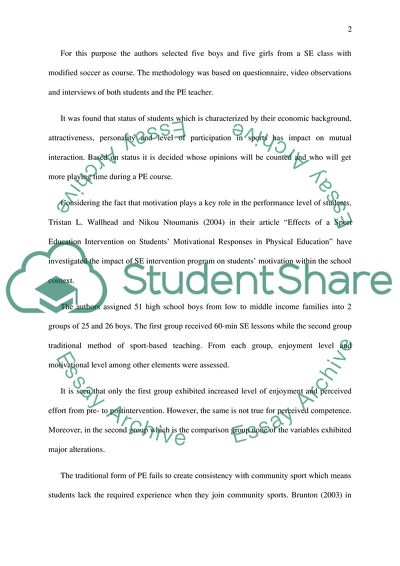Cite this document
(Sports Education Literature review Example | Topics and Well Written Essays - 3500 words, n.d.)
Sports Education Literature review Example | Topics and Well Written Essays - 3500 words. https://studentshare.org/education/1839157-enthusiasm-in-sport-education
Sports Education Literature review Example | Topics and Well Written Essays - 3500 words. https://studentshare.org/education/1839157-enthusiasm-in-sport-education
(Sports Education Literature Review Example | Topics and Well Written Essays - 3500 Words)
Sports Education Literature Review Example | Topics and Well Written Essays - 3500 Words. https://studentshare.org/education/1839157-enthusiasm-in-sport-education.
Sports Education Literature Review Example | Topics and Well Written Essays - 3500 Words. https://studentshare.org/education/1839157-enthusiasm-in-sport-education.
“Sports Education Literature Review Example | Topics and Well Written Essays - 3500 Words”. https://studentshare.org/education/1839157-enthusiasm-in-sport-education.


